NUNUM - Blending Flash Fiction & ArtInterview with Ryota Matsumoto
What's the first book you remember picking up and reading by yourself?
as well as writers such as William Burroughs and Brion Gysins.Fortunately, such work gave me a chance to explore further the experimental writings of Roussel, Bataille, Borges, Philip K. Dick, and JG Ballard, among others. At that time, my interest moved from music to literary work. We could easily swap libararies. Okay, let's get a little more contemparary, what was the last book you read that made you say damn that was a good book? On the Mode of Existence of Technical Objects by Gilbert Simondon. Even though his notion of individuation influenced Gilles Deleuze and Bernard Stiegler considerably, it is hard to find any translated work by Simondon in English even today. I believe his second long-awaited book, Individuation in Light of Notions of Form and Information, will be translated and made available in 2020. The other book is probably not meant to read, but I was intrigued by a monograph of Jan Kaplicky, which focuses on his meticulous ink drawings. And now I want to head on over to your house and borrow some books. Another one we ask everyone but that is still a solid curiousity for me, pen, pencil or phone which one do you reach for when you need to write something down? I usually reach for my phone or any other smart device to jot things down. The problem these days is that I have become worse at spelling or writing characters in my own hand. This is because I abandoned the pen and pencil a long time ago and switched them out for electronic devices. Who are your go-to writers when you need something to read on holiday?
Michael Webb, Ant Farm, and John Hedjuk.
I have learned a lot from the architectural and intermediapractices of 60s experimental collectives as well as their associated artists, especially Haus-Rucker-Co, Yona Friedman, the Situationist International and Archizoom. Their concepts of unitary urbanism, psychogeography and early cybernetic tenets of human-machine symbiosis influence the way artists, architects and writers perceive and interpret their cities and environments in the modern context of today’s mass consumer society and culture. What advice would you give someone who is just starting to send their work out to journals? I, myself, need some advice from our peers in that regard. Not a worry, it is something we ask most of our artists but as you say it doesn't come naturally, definitely something that needs thought. Let's circle back around to your art again if you don't mind, would you say that your pieces are three dimensional dialogues on the structure of our modern world? Yes, I think so. Our sociocultural constructs focus on daily practice and the embodied experience of places of social memory. This is observed and reflected in my work so as to recreate states of intensity along the spectrum of the collective affect between the human body, the nonhuman agents, the urban artifacts and all the infinitesimal steps in between as visual schemas. Consequently, the transduction process of these intensities as a time-image is transcribed in the artwork as a hybrid interface between the necessary actual and the possibilist virtual within a spatiotemporal continuum. Japan, and particularly Tokyo, is seen as a benchmark on how to balance the demands of the contemporary society and space, what are your thoughts on this? Tokyo is an urban space that is an antipode to the orderly configuration of contemporary European gridded city planning, which has clearly defined certain precepts to prescribe the patterns based on underlying infrastructures. The schema of the Japanese city can be decoded through its organic development around the multicellular nature of voids in tandem with their topographic landscape. Consequently, the centripetal structure of the traditional urban space is displaced in favor of the centrifugal multiplication of specialized assemblages. Both spatial structures of Tokyo and the society’s collective memory are said to be built around emptiness or verdant vacuity, as Roland Barthes pointed out in Empires of Sign. The spatio-temporal understanding of the Japanese city reflects the amorphous and transcendental nature of urban living of cognitive capitalist society, devoid of coherent interplay both among its inhabitants and across the urban milieu. You've been so kind with your time Ryota, so I promise this is the last one. How do you find a balance between aesthetics and meaning in your work? We could attest that aesthetics represent one’s critical reflection on the range of affective intensities that are immanent in sociocultural entities. As a field, aesthetics is said to be defined as a complex interaction between sensory faculties and meaning-making experiences in cognitive processes. This leads to my understanding that the aesthetic experience essentially integrates cognitive sensations with the meaning-making process in the semiotic context, and both aspects are crucial for experiencing art objects. Consequently, I believe art explores how visual representation is translated into meaning, but also how the flux of visual narratives evokes a sensory affect simultaneously. Ryota Matsumoto is an artist, designer and urban planner.
An Afternoon by the Ocean words by Jeff Combs, art by Ryota MatsumotoNUNUMBlending Flash Fiction & Art
0 Comments
Your comment will be posted after it is approved.
Leave a Reply. |
AuthorNUNUM Archives
July 2024
Categories |
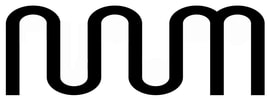
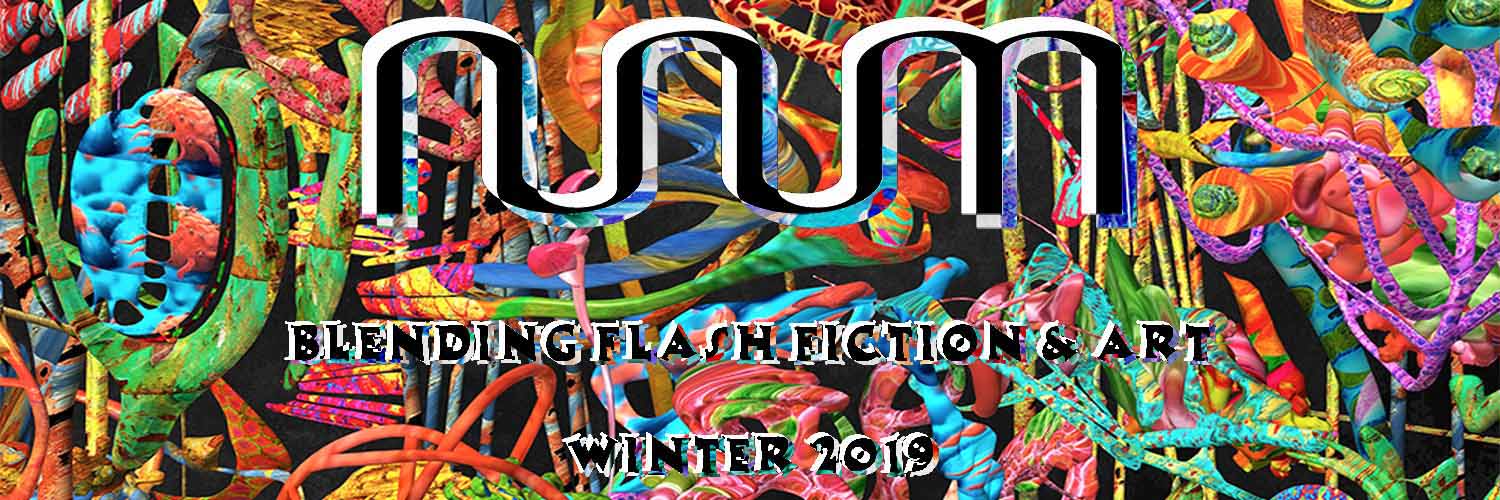
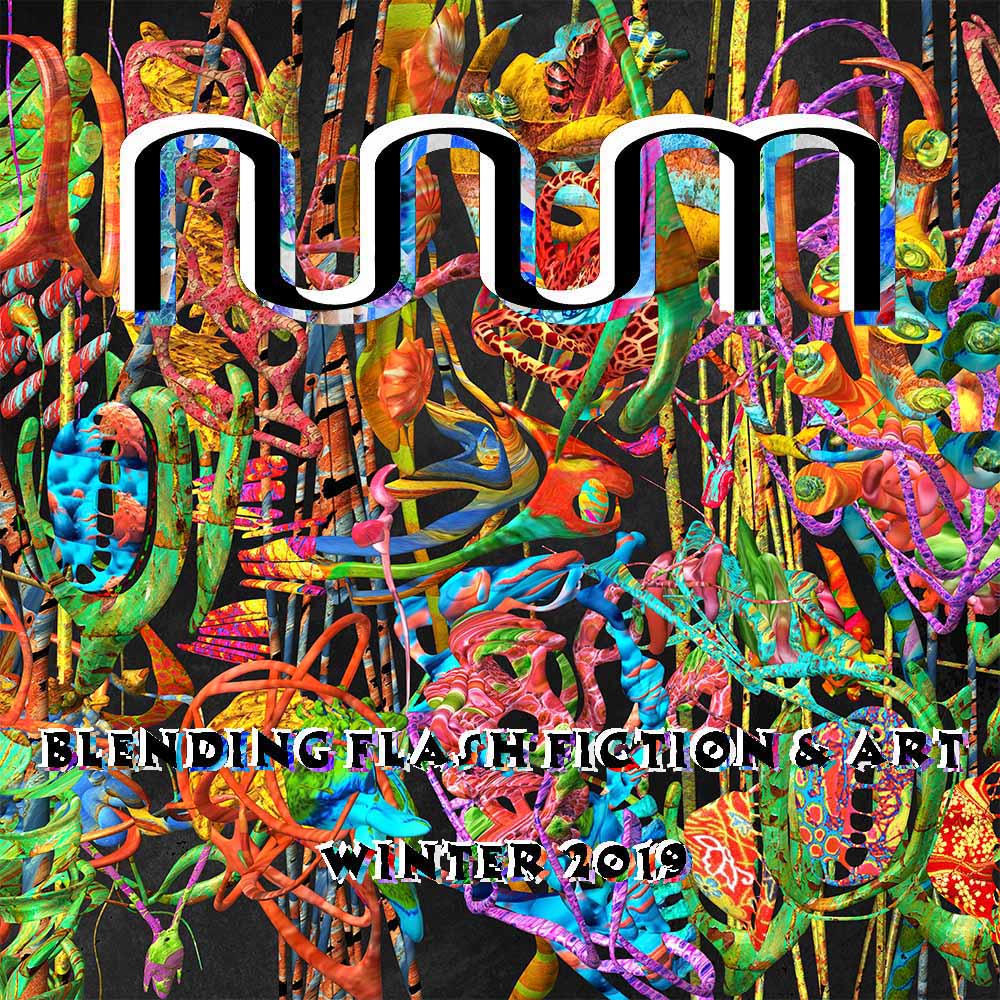
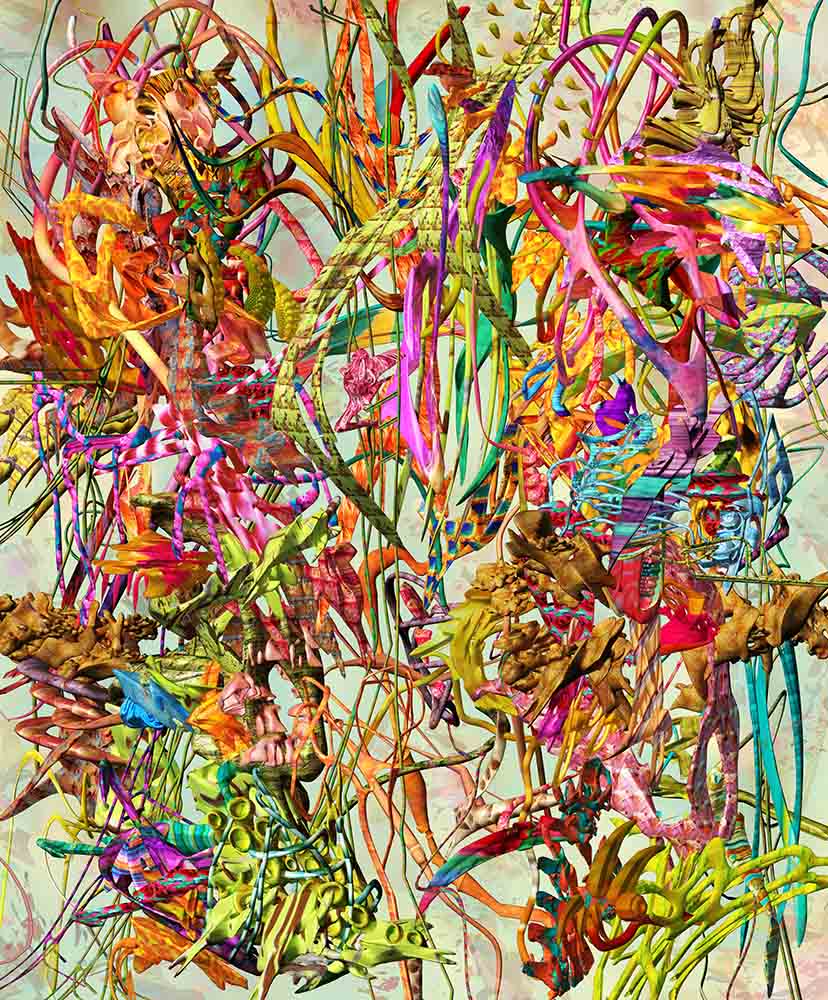
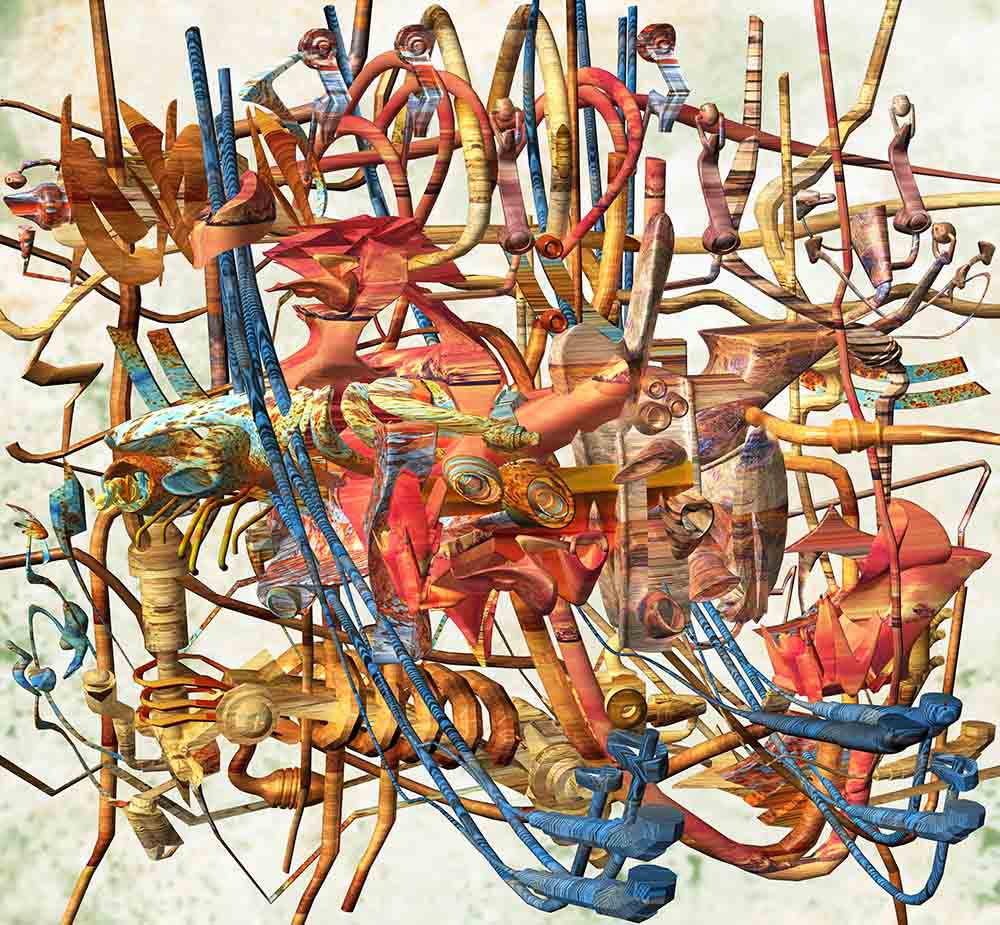
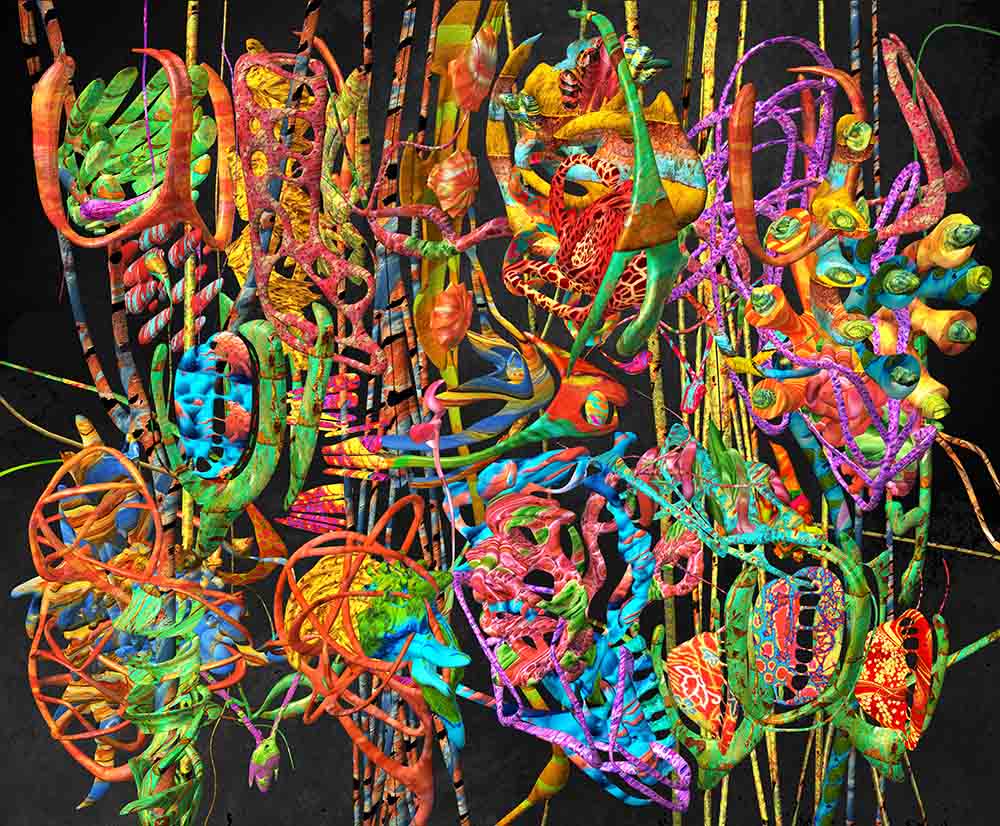
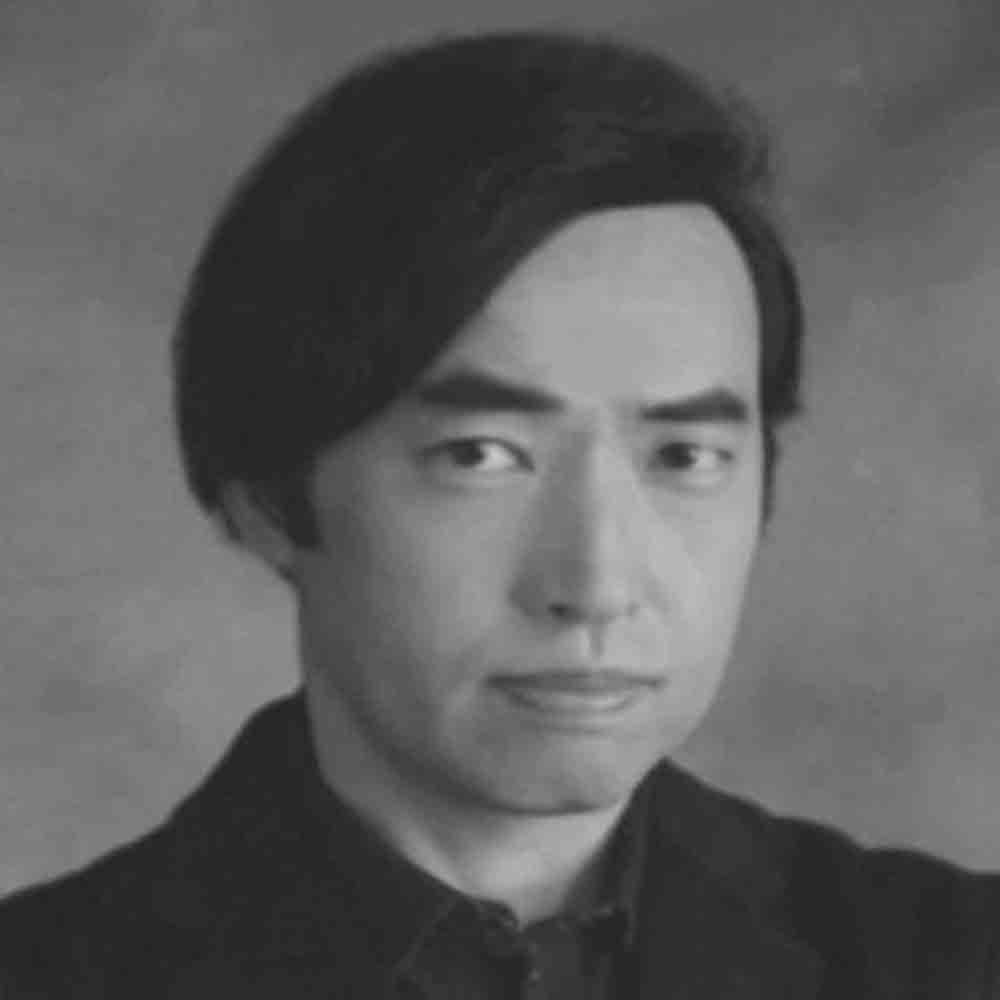
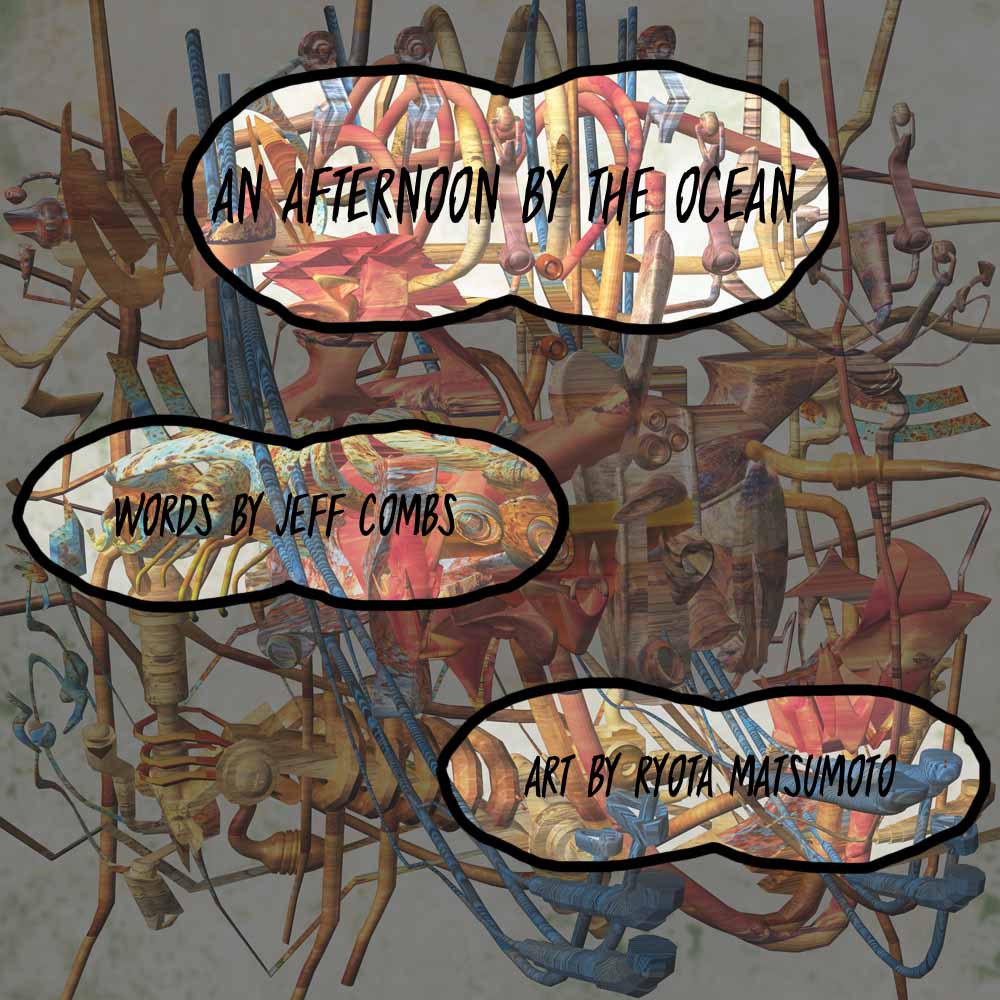

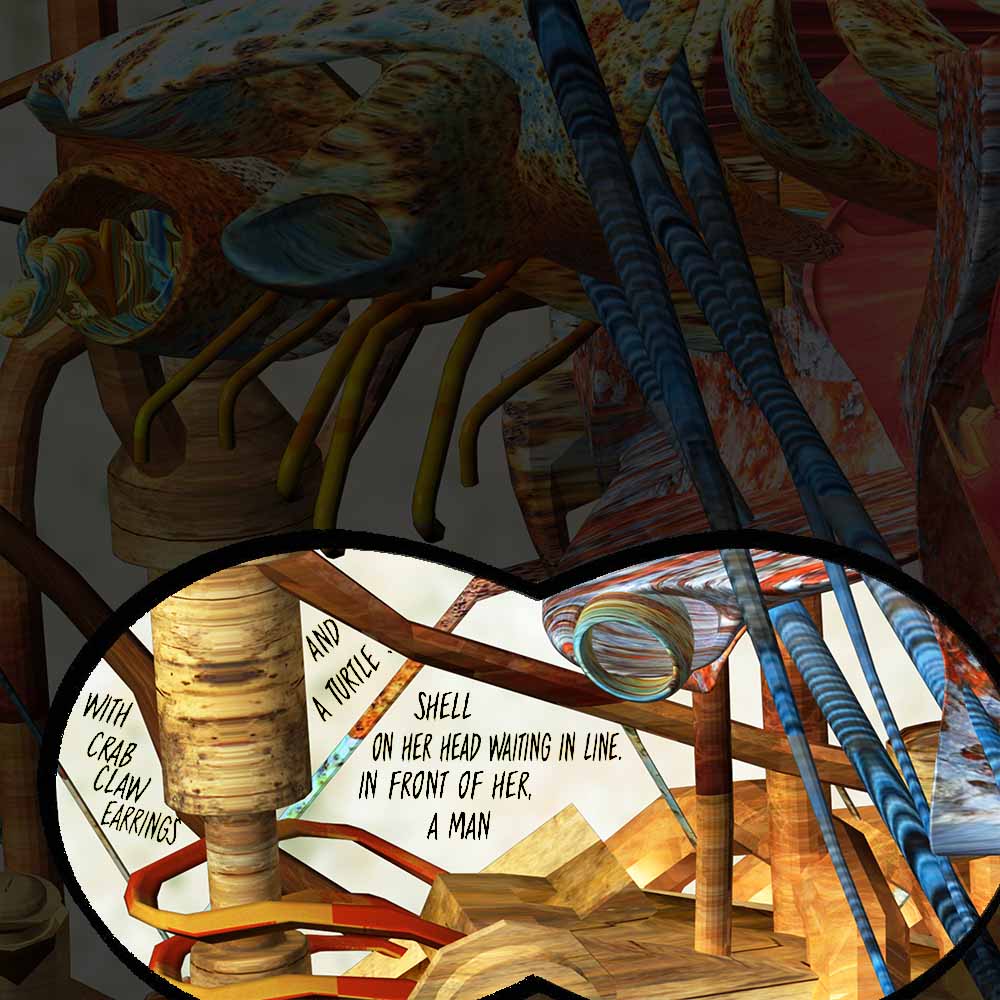
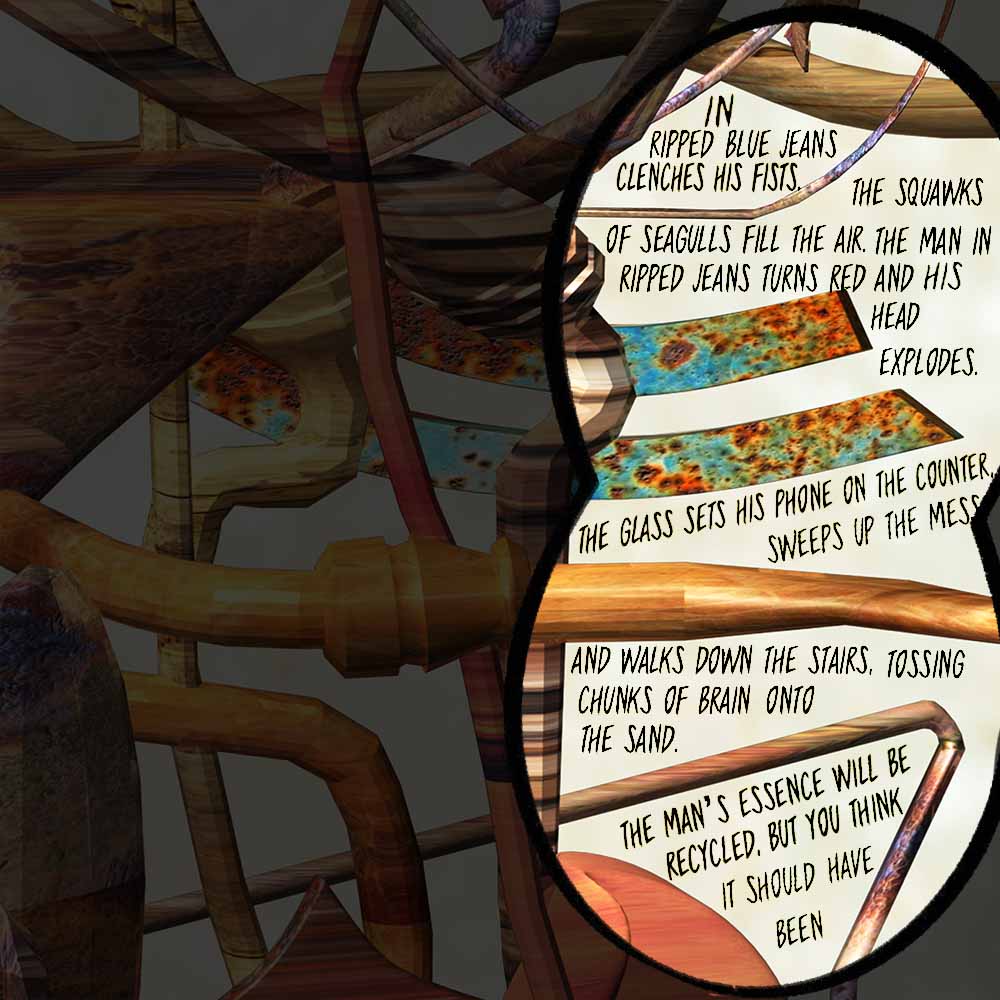
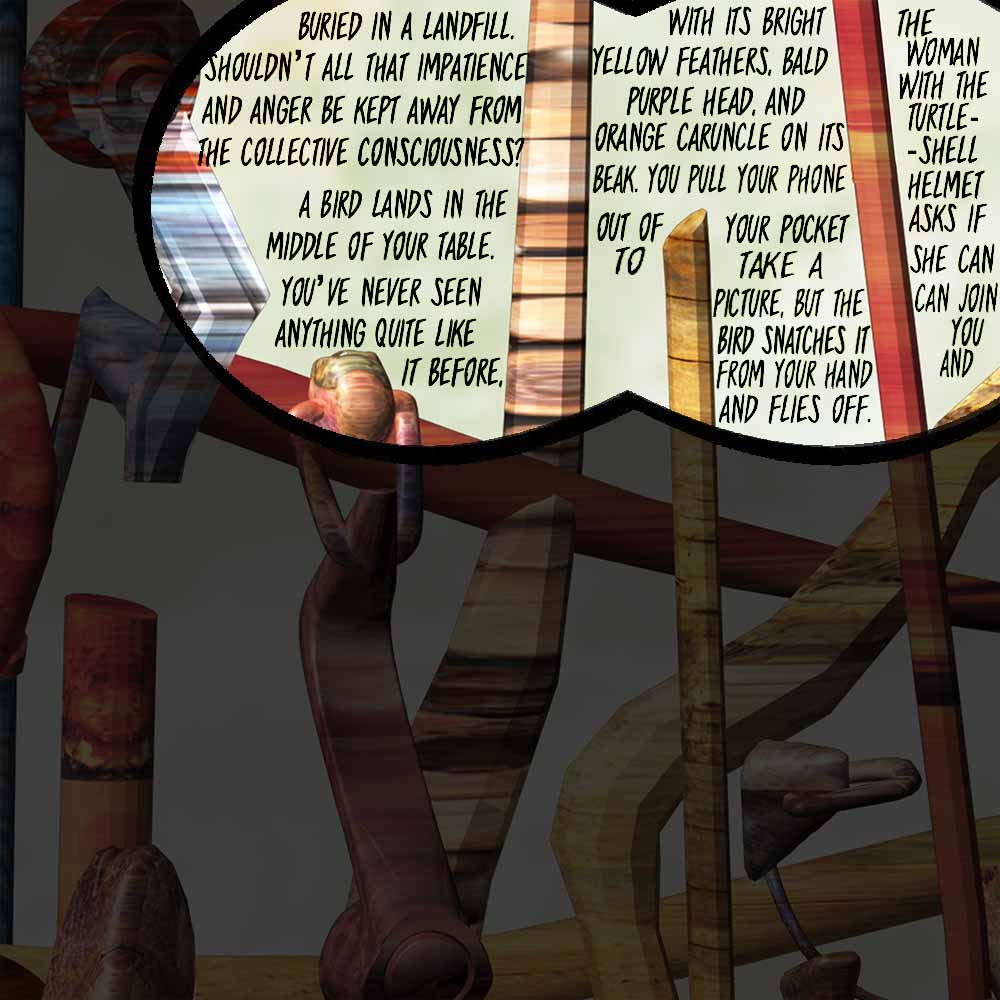

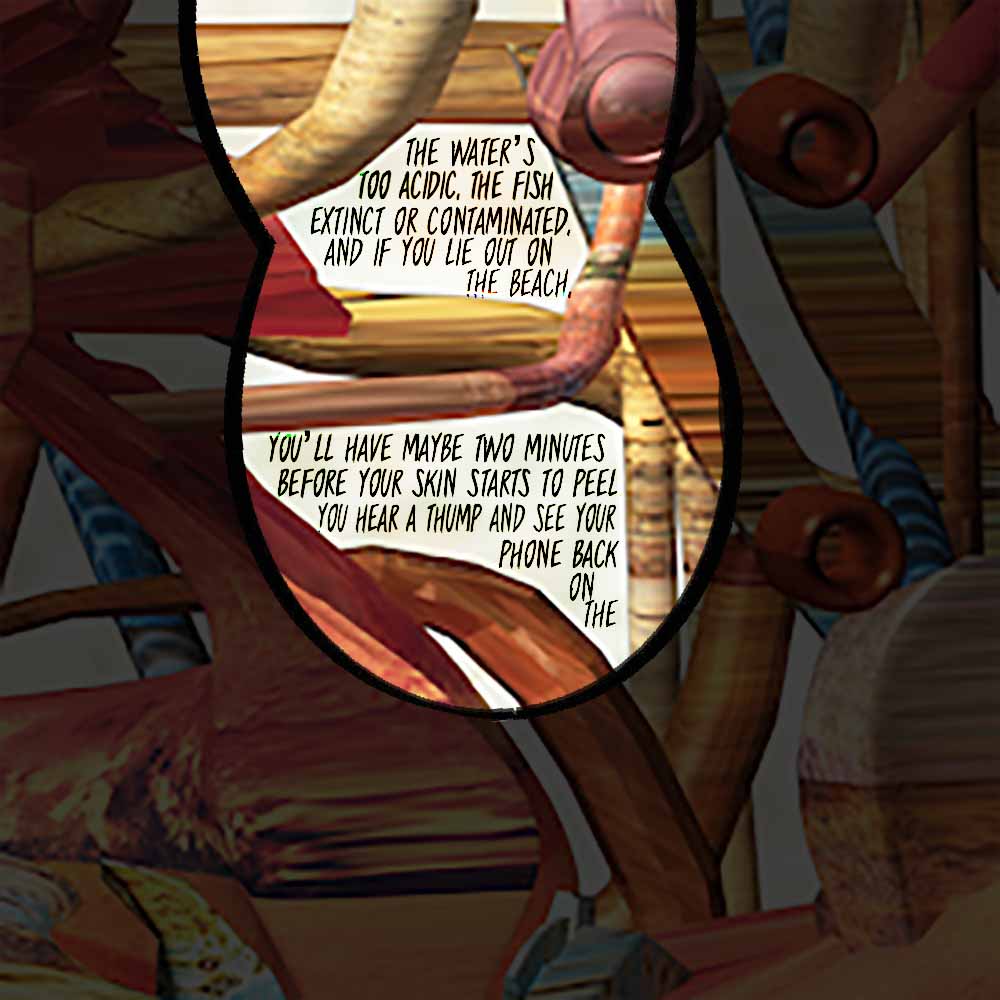
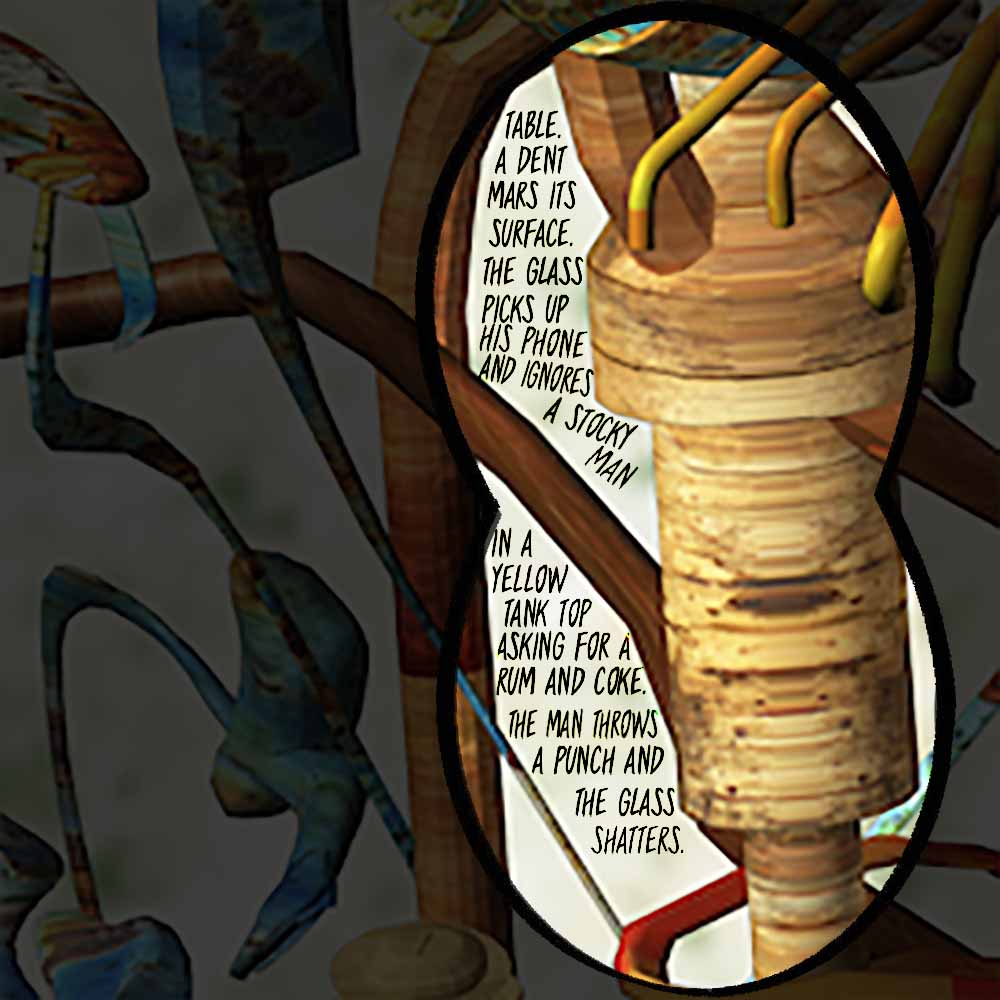
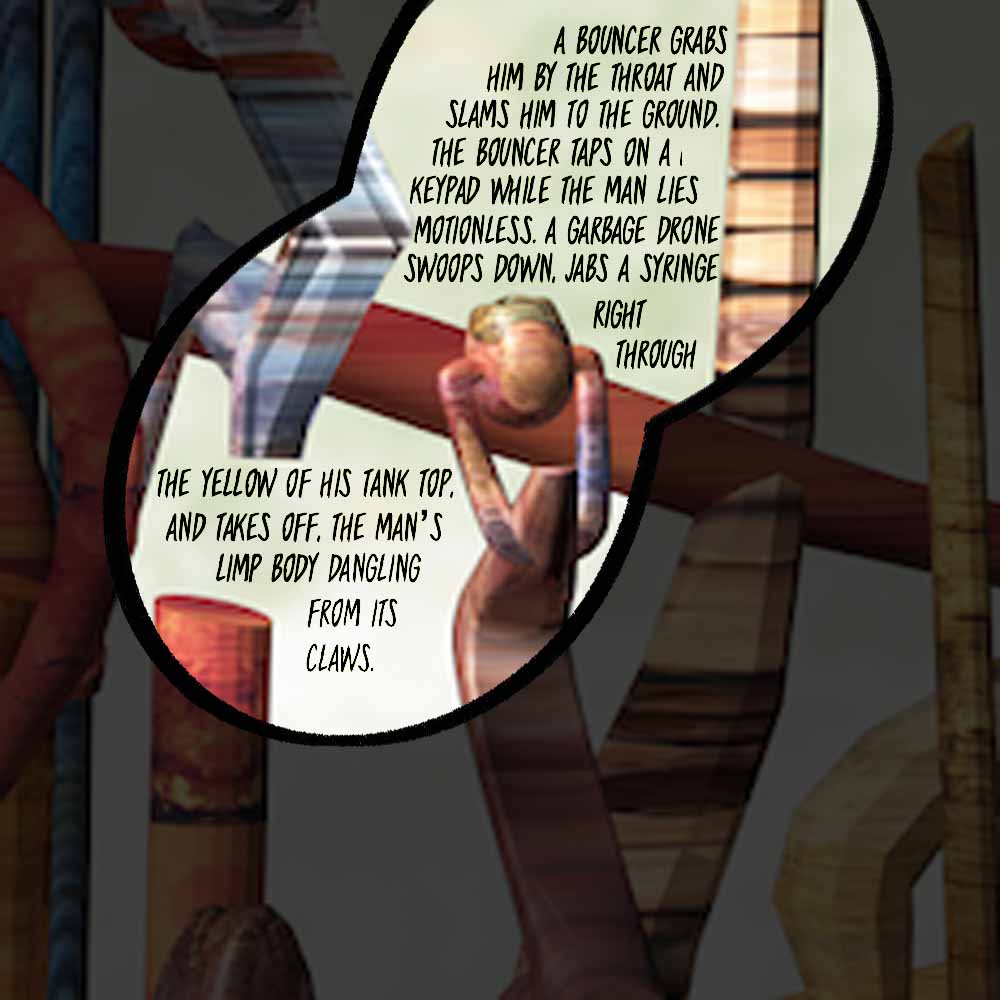
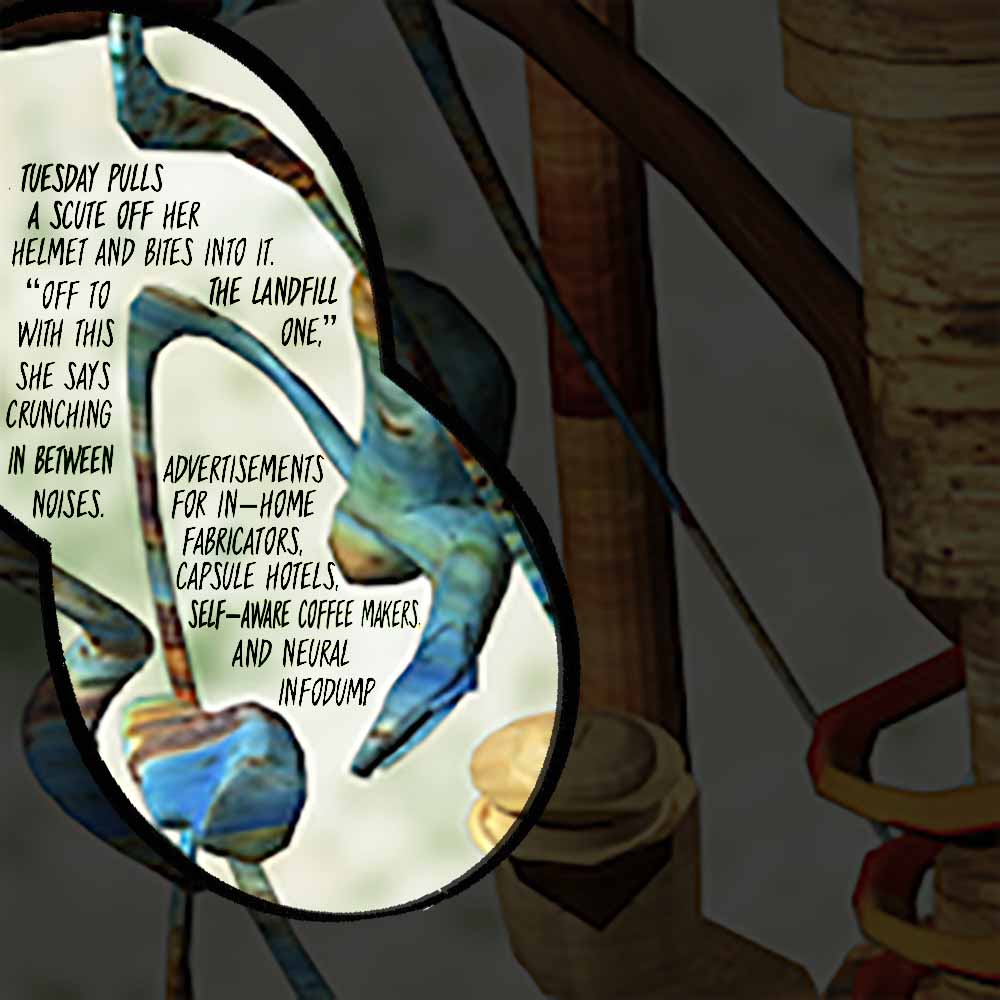
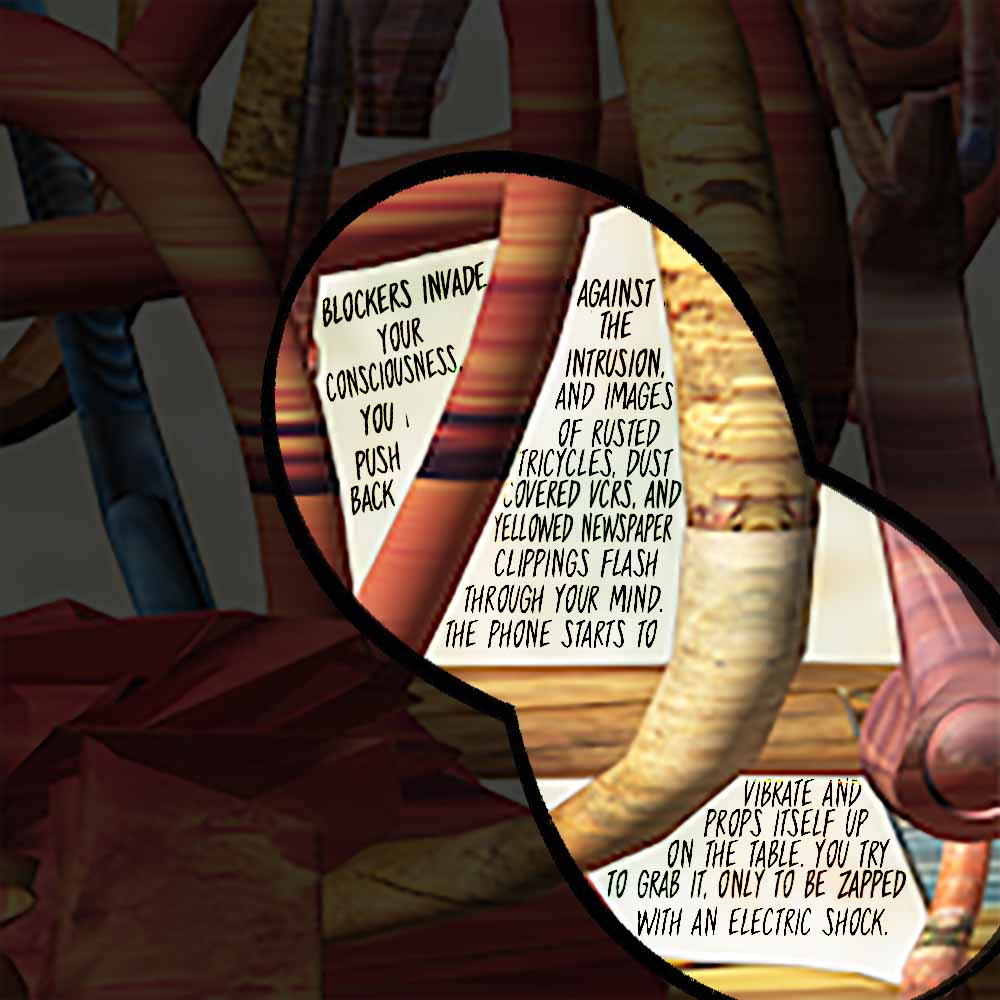
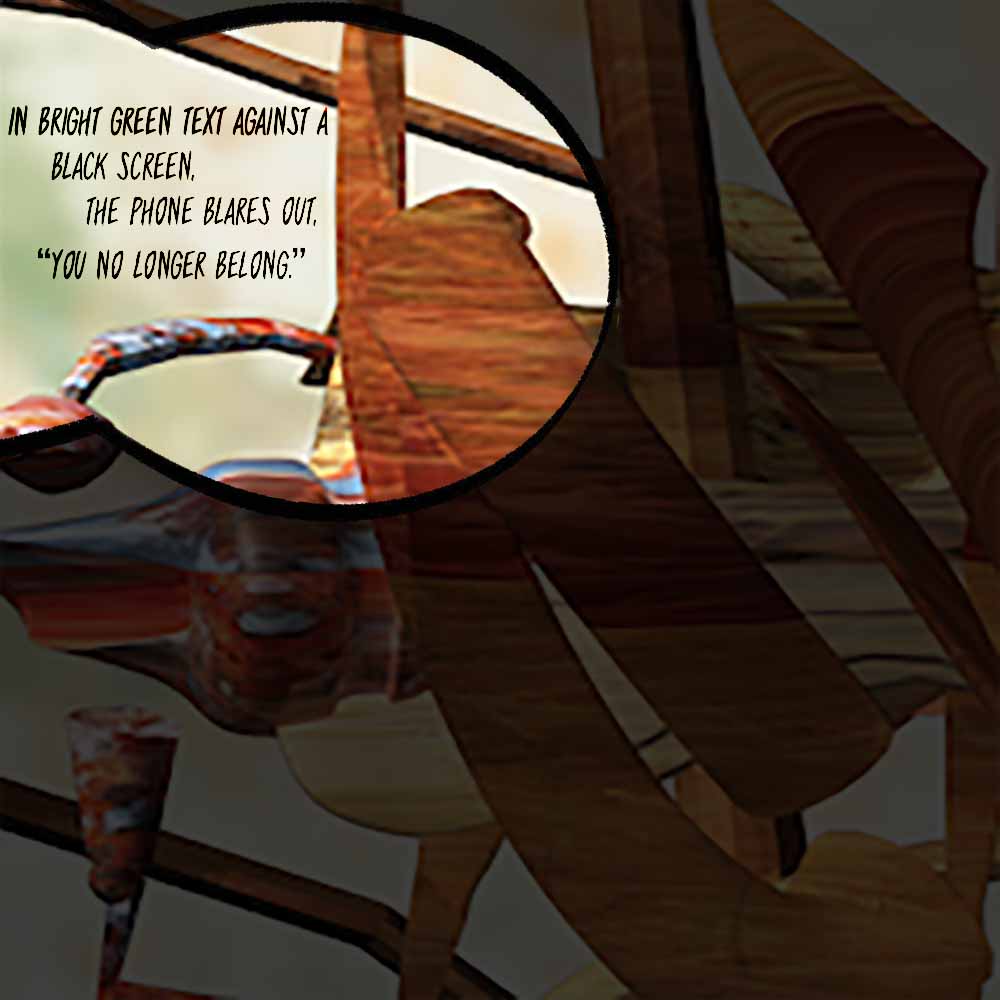

 RSS Feed
RSS Feed